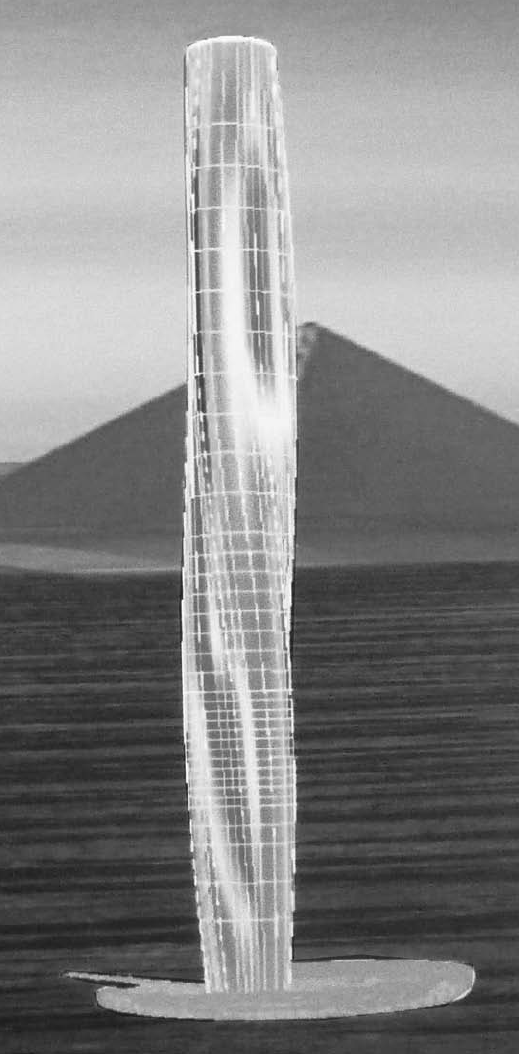Chapter 4. The Natural and Physical Sciences

Background and Context
Architects, engineers, and contractors depend upon the advances in natural and physical science to inform contemporary design challenges, such as building systems performance, kinetic facade systems, the composition of new materials, structural seismic design, the structural and mechanical design of super tall structures, lighting, acoustics, climate response, energy management, and many aspects of sustainability. The architect's dependence on these sciences is deeply rooted in history and defines much of the essence of design.
Overview
Generally, the term "natural science" refers to biology and the earth sciences, while the "physical sciences" are astronomy, physics, and chemistry. This distinction between the natural and physical sciences is significant, relative to architecture.
Both of these broad categories of science have many specialized areas of study, among them botany, zoology, medicine, ...
Get Design Informed: Driving Innovation with Evidence-Based Design now with the O’Reilly learning platform.
O’Reilly members experience books, live events, courses curated by job role, and more from O’Reilly and nearly 200 top publishers.

